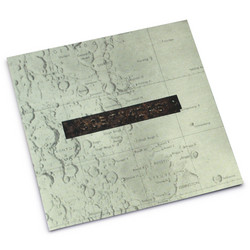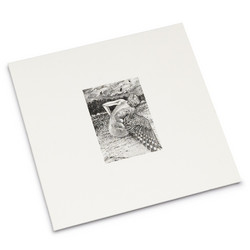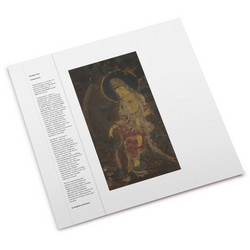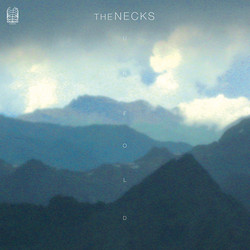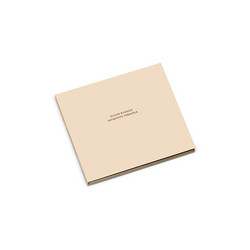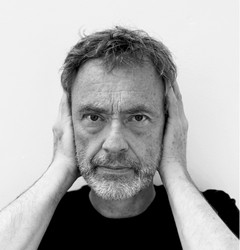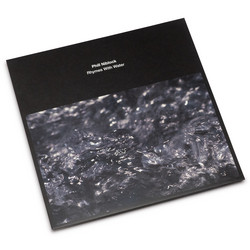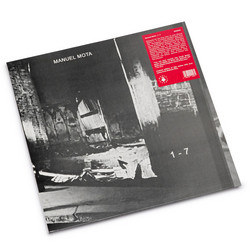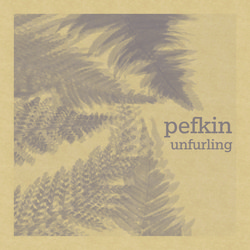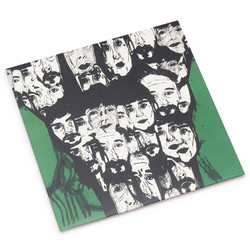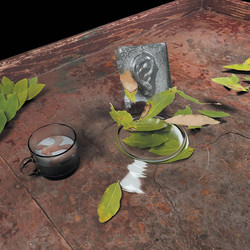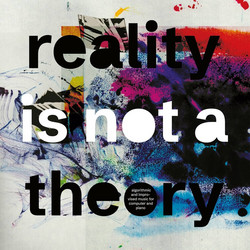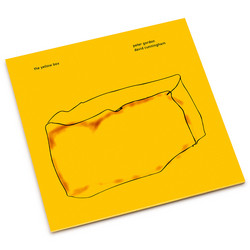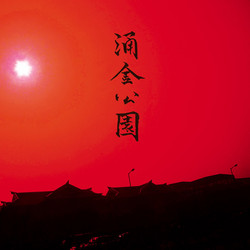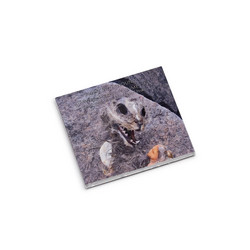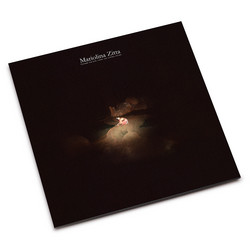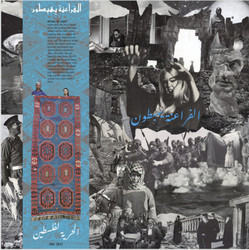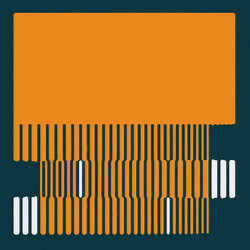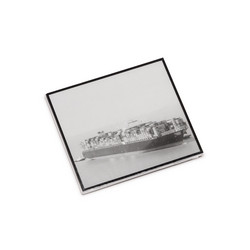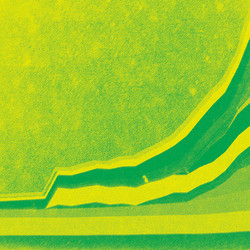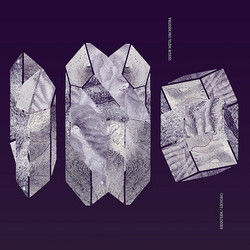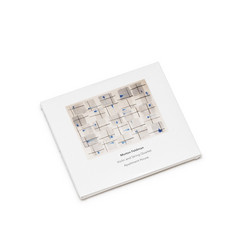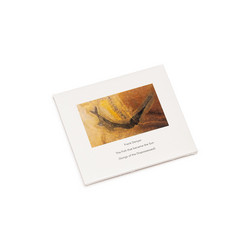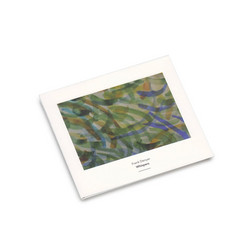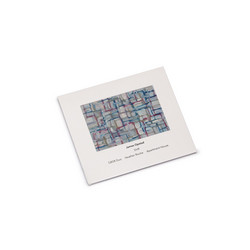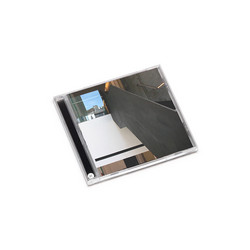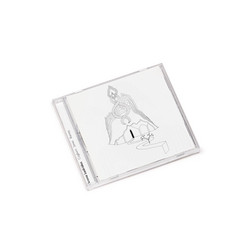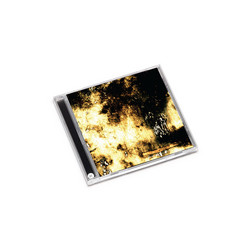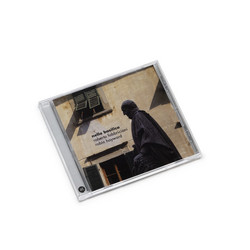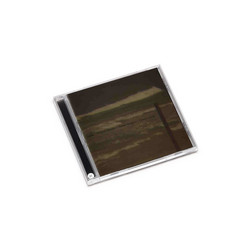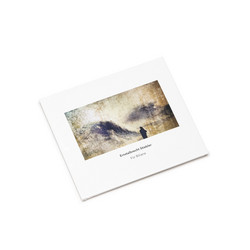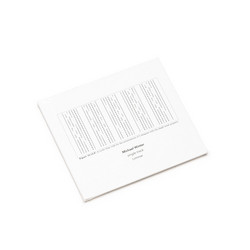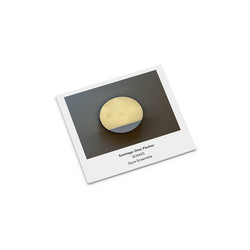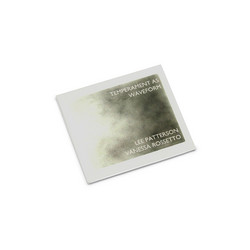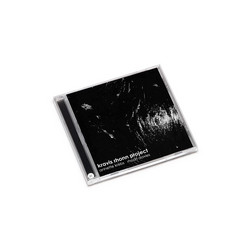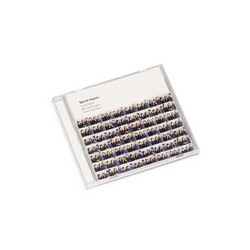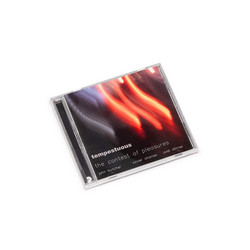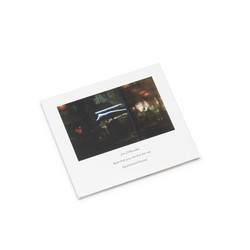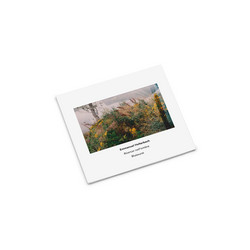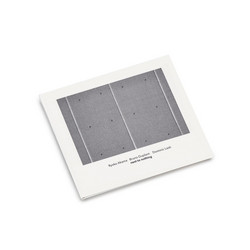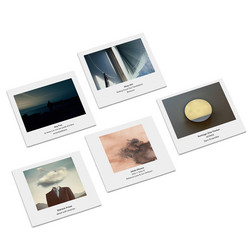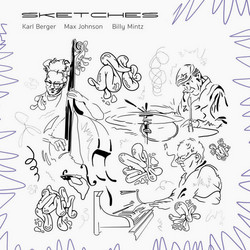13 & 27, realized by The Insub Meta Orchestra and composed by Cyril Bondi & d’incise, unfolds as a double suite exploring the power and flexibility of the large electroacoustic ensemble. Recorded in Geneva with 32 musicians, each part is shaped by precise, minimalist instructions - players are limited to a handful of possible gestures, often just two sounds per person or long filaments of feedback. This framework, restrictive on the surface, opens a field of possibilities for dynamic interaction: percussive whisper, drone, scratch, and subtle harmonic veils rise and fall as the group’s collective rituals unfold.
The first work, “13,” clasps fragmentary phrases and brief sonic events, generating shifting clouds of white noise, breath, and fragile resonance. The orchestra achieves surprising intimacy despite its size: the music remains uncluttered, embracing quick changes and shimmering moments of unity. The second piece, “27,” stretches the ensemble’s collaborative process even further, beginning with Thut’s rhythmic cello gestures and gradually integrating waves of environmental sound, feedback, and mass improvisation.
At its core, 13 & 27 is not about spectacle - it is music of process, listening, and transformation. The album’s sonic landscape shifts from delicate, metallic poems to waves of quietly structured cacophony, rewarding the attentive ear with vivid detail. Bondi and d’incise have developed a language for orchestral improvisation that resists excess and refuses to settle; their approach stands as a model for the fertile tension between discipline and openness in large group music. It is an invitation to rethink how orchestras can sound, interact, and imagine, remapping the edges between silence, noise, and organized chance.
